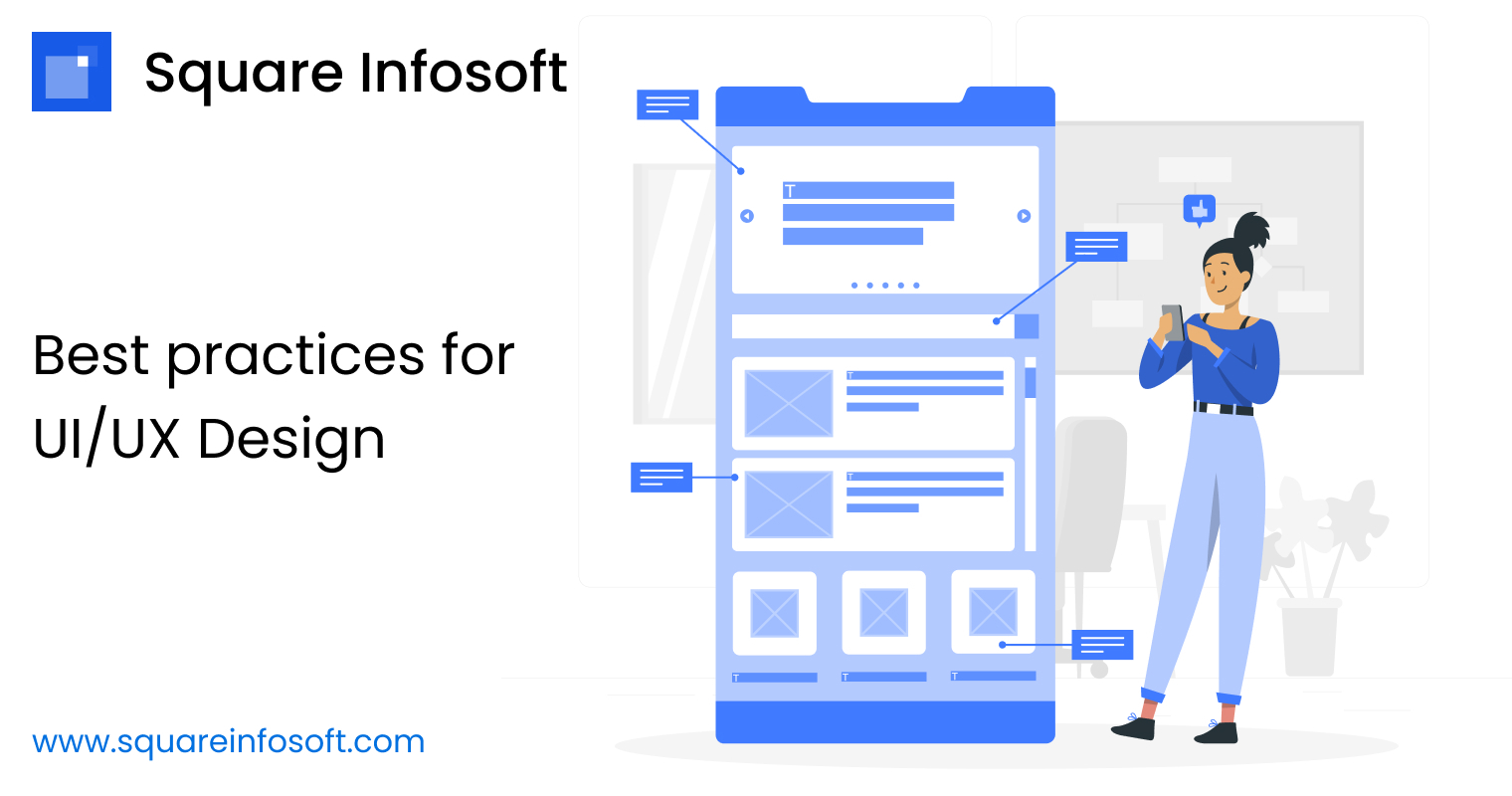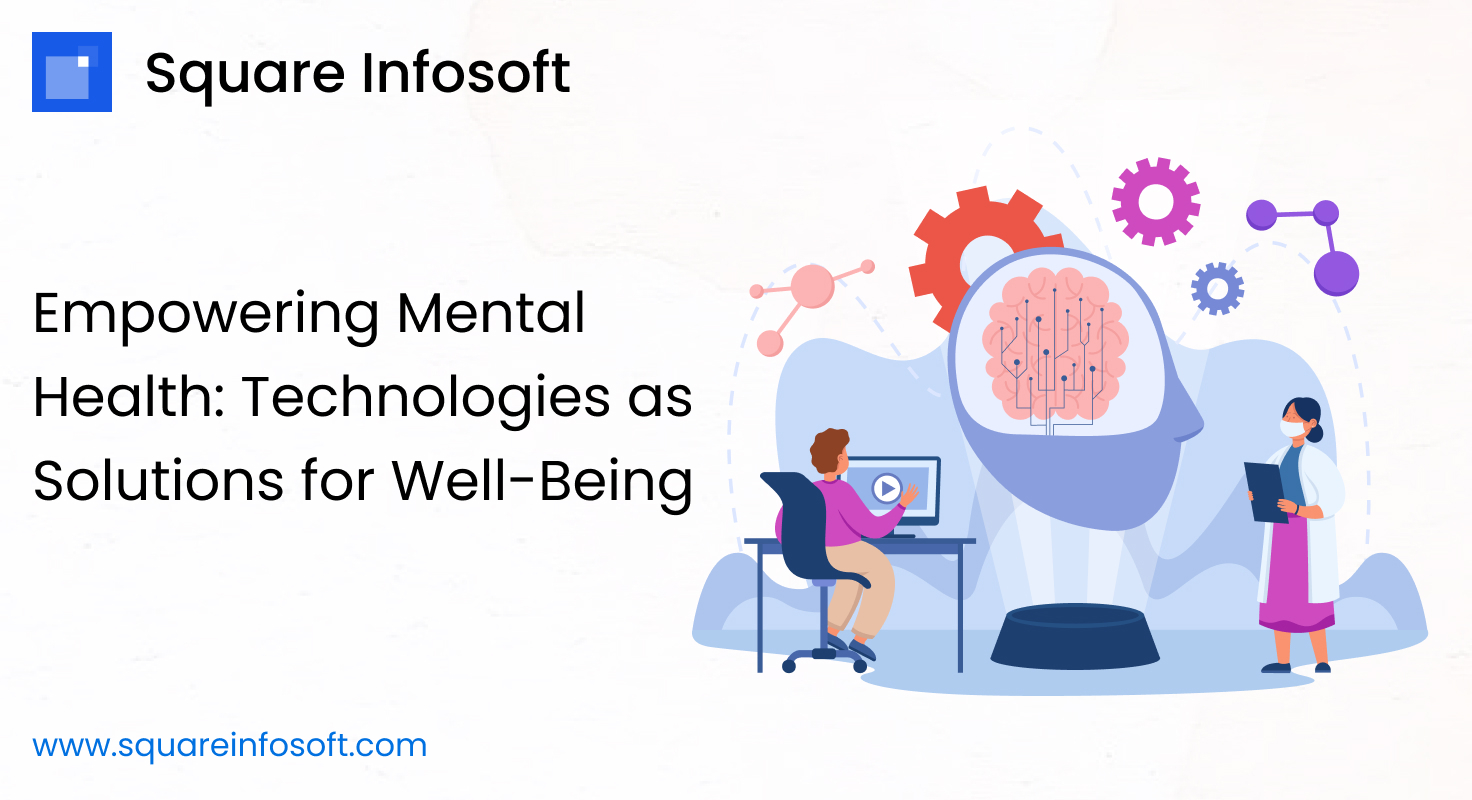User Interface (UI) Design Best Practices:
- Consistency:
- Maintain consistency in visual elements, such as colors, fonts, and button styles, across the entire interface to provide a cohesive and familiar user experience.
- Simplicity:
- Keep the design simple and intuitive. Avoid unnecessary elements that may confuse or overwhelm users.
- Hierarchy and Readability:
- Use a clear hierarchy in design to guide users through information. Prioritize readability by choosing legible fonts, appropriate font sizes, and ample spacing.
- Visual Feedback:
- Provide visual feedback for user actions, such as button presses or form submissions. This helps users understand the system’s response.
- Responsive Design:
- Ensure that the design is responsive and adapts to various screen sizes and devices, providing a consistent experience across platforms.
- Whitespace:
- Use whitespace strategically to enhance readability and prevent visual clutter. Well-considered whitespace contributes to a clean and organized design.
- Clear Calls-to-Action (CTA):
- Make CTAs prominent and clearly visible. Use compelling language to encourage users to take specific actions.
- Iconography:
- Use clear and universally understood icons to convey actions or information. Ensure consistency in icon design across the application.
- Color Theory:
- Understand the psychology of colors and use them effectively to convey meaning, create contrast, and evoke desired emotions.
- Accessibility:
- Design with accessibility in mind, considering users with different abilities. Ensure that the interface is navigable and usable for everyone.
User Experience (UX) Design Best Practices:
- User Research:
- Conduct thorough user research to understand the target audience, their needs, pain points, and behaviors. Use this information to inform design decisions.
- Persona Development:
- Create user personas to represent different user segments. Design with these personas in mind to address specific user needs.
- Information Architecture:
- Organize information logically, creating a clear and intuitive structure. Use sitemaps and wireframes to plan the layout and flow of the application.
- Usability Testing:
- Regularly conduct usability testing with real users to identify issues, gather feedback, and make data-driven design improvements.
- User Flow Optimization:
- Optimize user flows to guide users through tasks efficiently. Minimize the number of steps required to complete actions.
- Progressive Disclosure:
- Present information progressively to avoid overwhelming users. Reveal details and features gradually as users navigate through the application.
- Error Handling:
- Design clear and helpful error messages to guide users when mistakes occur. Offer solutions and guidance for problem resolution.
- Feedback Loop:
- Establish a feedback loop with users to gather insights post-launch. Use analytics and user feedback to continuously improve the user experience.
- Prototyping:
- Create interactive prototypes to simulate the user experience before development. This helps in refining interactions and uncovering potential issues early in the design process.
- Personalization:
- Implement personalization features to tailor the experience based on user preferences and behaviors, enhancing engagement and satisfaction.
- User Empathy:
- Cultivate empathy for users and consider their perspective in the design process. Understand their motivations, frustrations, and goals.
The fusion of UI and UX best practices is essential for crafting digital products that resonate with users on multiple levels. By adhering to principles of consistency, simplicity, hierarchy, and readability in UI design, alongside user research, persona development, and usability testing in UX design, designers can create experiences that are intuitive, engaging, and accessible to all users.
Effective UI design focuses on visual elements like color, typography, and whitespace to create a cohesive and visually pleasing interface. Clear calls-to-action, thoughtful iconography, and responsive design ensure seamless navigation and interaction across devices.
Meanwhile, UX design emphasizes understanding user needs through research, organizing information logically, and optimizing user flows to streamline interactions. Progressive disclosure, error handling, and personalization features contribute to a user-centric approach that anticipates and addresses user needs.
By maintaining a feedback loop with users and continuously iterating on designs through prototyping, designers can refine and enhance the user experience over time. Ultimately, prioritizing user empathy throughout the design process fosters connections between users and products, leading to increased satisfaction and engagement.




